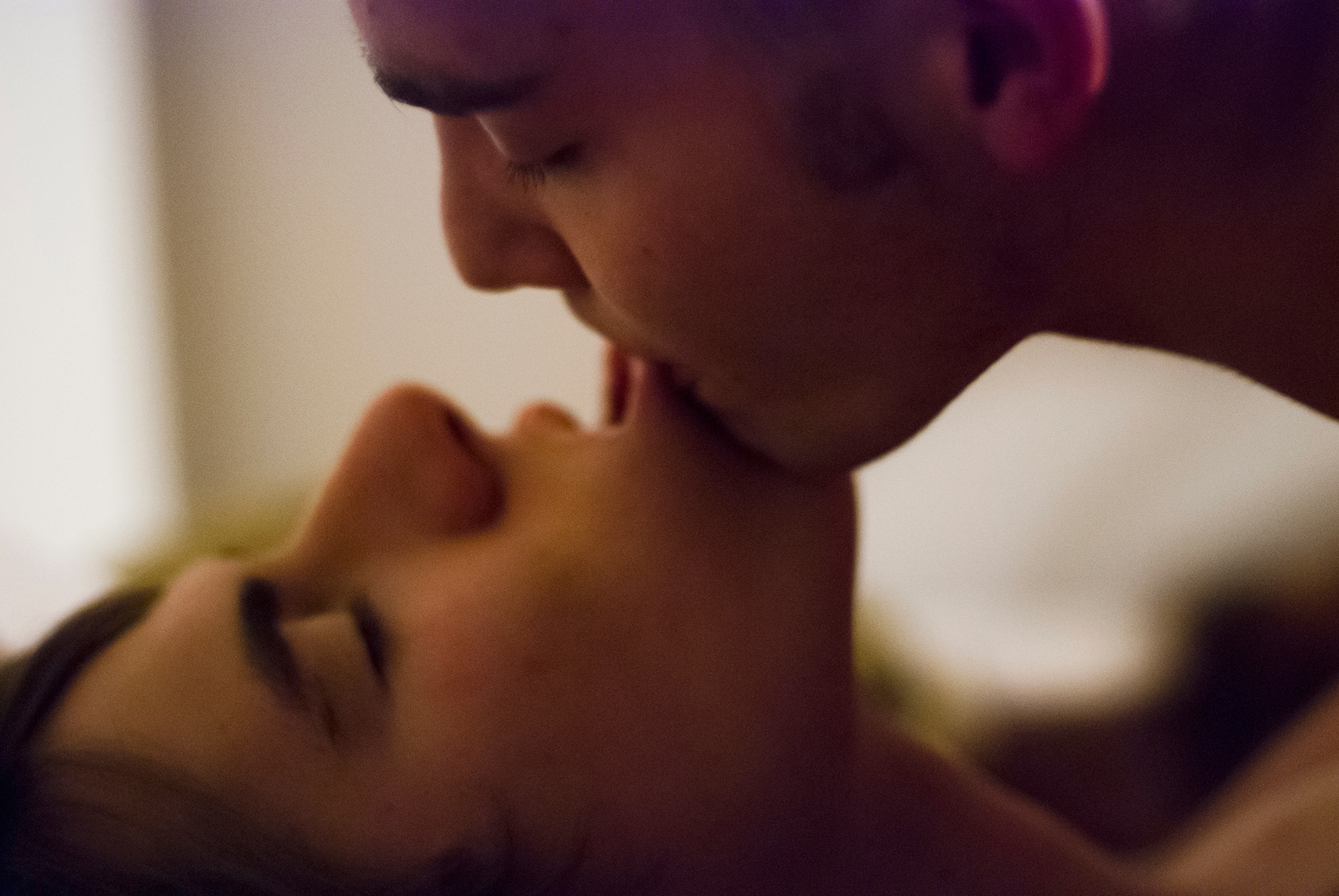In 1992 Mark Wahlberg grabbed his junk for Calvin Klein: both genders broke out into bashful sweats. It immortalised the campaign and began a lifelong brand association with homoeroticism and sexualisation. Just over two decades later Nick Jonas does the same, and with a similar effect. For the girls, Kim Kardashian redefines cheekiness on a magazine cover in an attempt to “Break the Internet.” Discussing whether these instances may have negative implications on society is contentious, to say the least.
Stereotyping and misrepresentations are rife in the media, affecting gender, sexuality and specific ethnicities. It’s a collective responsibility to explore correlations and coincidences continually to ensure that the pursuit of creativity doesn’t become problematic.

Matt Lambert is a filmmaker and photographer whose purpose is to oppose the conventions surrounding present representations of individuals in the media. Comparatively, his work is organic – a true reflection of intimacy, people and the fluidity of sexuality, giving audiences the ability to relate to said themes. So, I decided to chat to him about film, imagery and why he chooses to oppose the status quo.
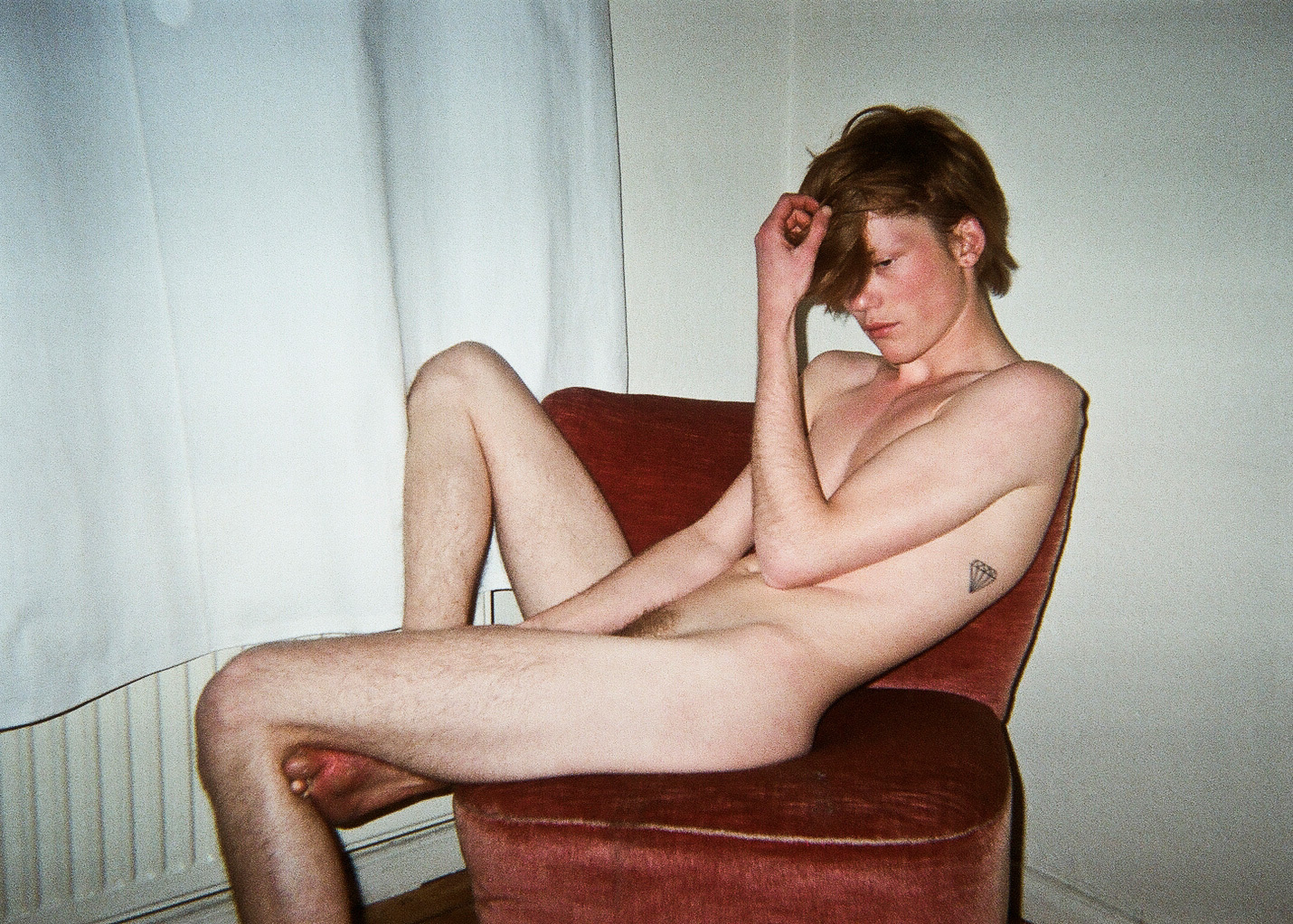
How do you use film and photography to address particular issues in society?
When I started to explore themes of sexuality through film, it was to explore and deconstruct notions that threatened my youth: primarily violence and sex. When I started to link up with artists like Gio Black Peter, Bruce Labruce, Slava Mogutin and others in NYC, I saw a way of making work that was reflective of one’s own life without fear and divisions. When I moved to Berlin, my own relationships started to populate my work and it began to give it more humanity, honesty and depth. People started to respond to it, which then opened a dialogue between those who were moved by the content and who felt it filled a gap. Very simply: my work aims to present intimacy.
Why do you think intimacy is absent in mainstream media? How do you inject intimacy?
I started to find ways to channel my personal experiences. Some of my images are of people I’ve hooked up with or hanging out while friends are hooking up. If it’s not sexually charged imagery, they’re images of people I care about and am attracted to platonically. When shooting someone I’ve just met, it’s about finding a way to build that same trust you would have with someone you were in love with. When it comes to homoeroticism, there’s a gross fetishisation of young, straight men in fashion that feels sleazier than porn to me. So much gay work that plays with extremes and clichés are aimed to shock the viewer.
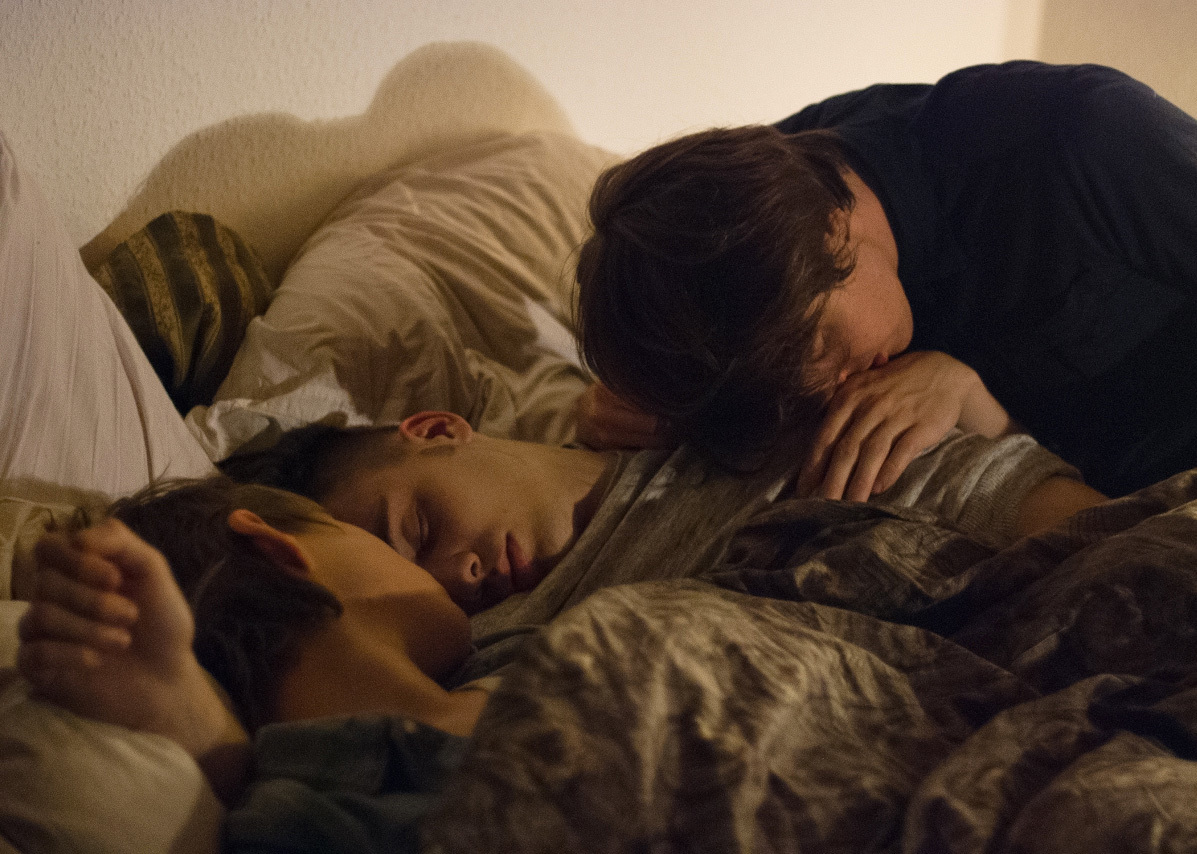
Do you think that’s why fashion photography could be argued to encourage misrepresentations of sexuality and gender?
I don’t want to bash all fashion photographers. There are some amazing and honest souls out there. However, as a whole there’s definitely an exploitative and detached emotional thread that runs through the majority of fashion imagery. There are so many people with nothing to say and they create content nonetheless. I’m not saying that every image has to change the world or communicate a society-changing message. However, having no theme or focus that resonates honestly within an image-maker makes it hard to understand why they do it in the first place.
Where do you think this aspiration to become a ‘fashion photographer’ originates?
Well brand and fame fetishisation attributes to it. There’s a decline in the integrity of content for how many likes/hits/views it will get. Social platforms and the need to be validated by them can dilute work. People lack opinions and shoot what they think people want to see. They collect brands, publications and celebs for their portfolios. I understand it’s commerce and you need a portfolio that proves you’re commercially viable, but there needs to be more than being a slave to these criteria. When we talk about ‘film’ in relation to fashion, there is very little film being made.
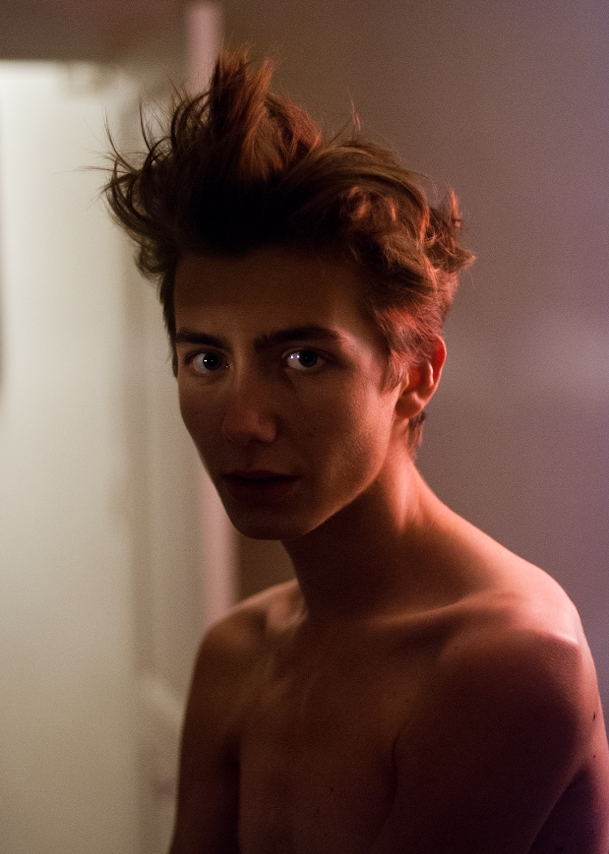
Do you think that aspirations, themes and ideas are wholly dictated by social media activity?
Social platforms have been one of the most valuable tools for me bringing my work to the masses. They’ve even helped me to refine my voice and speak about topics that people are most engaged in. I suppose there’s a fine line between reacting to an audience and reacting to an industry.
Doesn’t the audience dictate what the industry creates?
I know, it’s quite a contradictory statement. I suppose, what I mean, is that I’m trying to create content that’s more intimate. I’m always considering the emotional experience of the individual viewer as I create a scene or image.
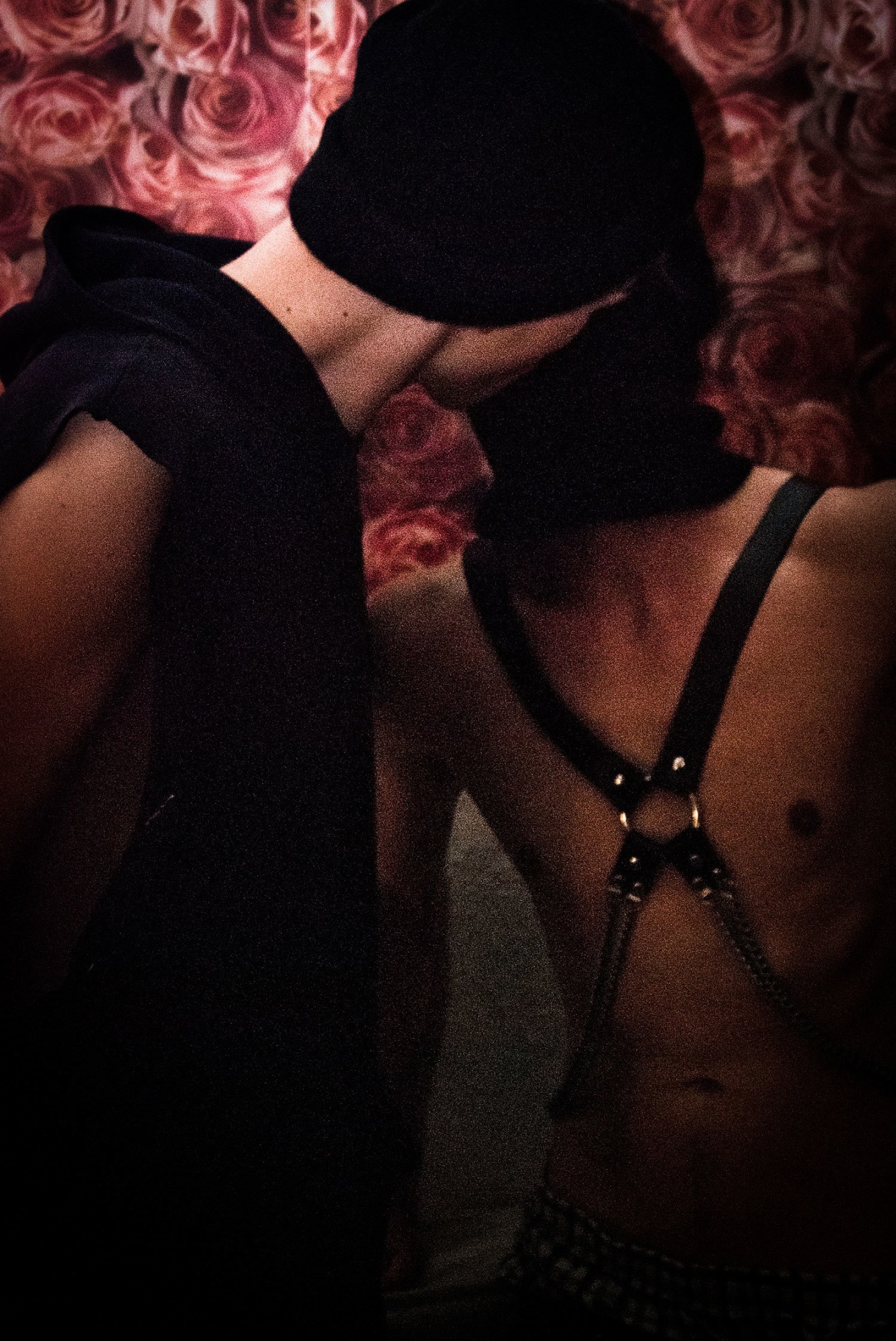
How would it affect society if content considered personal and emotional experiences?
The more intimately you present a subject, the harder it is to disassociate from them. When people are reduced to stereotypes, it’s so easy to minimise their experiences. When women in fashion are shot more like human beings, it has the power to change the way young men perceive them: from a commodity to an equal. It’s the same with the representation of homosexuality in the media; there’s been a slow shift in the last couple of years, in Europe at least. TIAD modeling agency (Tomorrow Is Another Day) has quite a few openly gay models and they support their personalities and identities.
Matt is currently writing, directing, developing and shooting a TV project for a major US network. His first publication of photographic work will be released in Spring 2015.
Credits
Text Lewis Firth
Photography Matt Lambert
